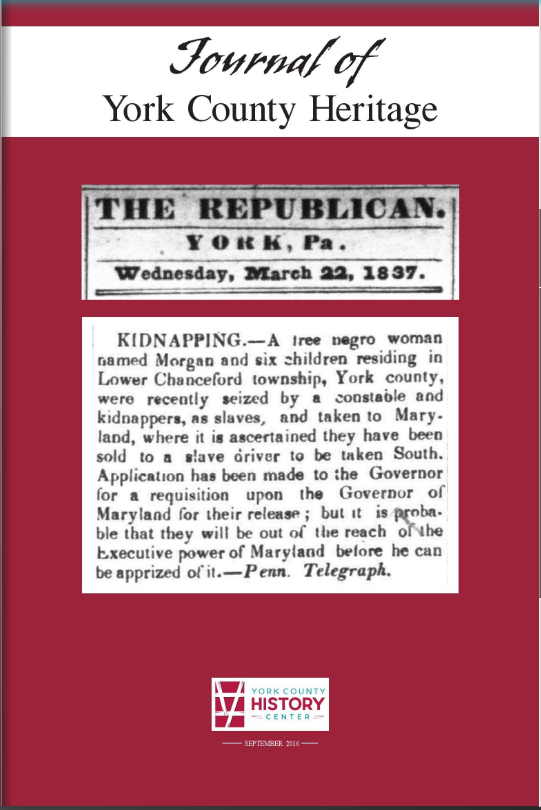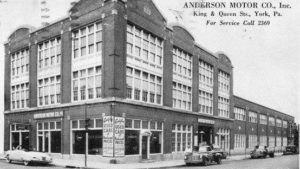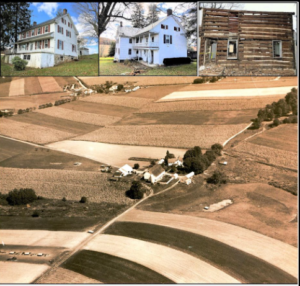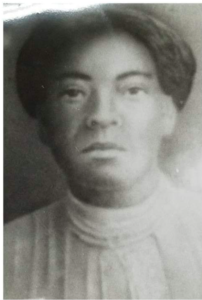Quiet site for high court case
Prigg v. Pennsylvania
Airville
Blain Road near McCall’s Ferry Road
The situation
A case involving an enslaved woman – or was she actually freed? – living in a remote area of York County landed on the U.S. Supreme Court’s busy docket.
Margaret Morgan, freed but never formally manumitted, left Maryland with her free Black husband, Jerry, in 1832 and lived with their children in York County, north of the Mason-Dixon Line. John Ashmore, owner of the plantation where Morgan had lived, was aware that she was living in the North.
A moment that sparked the landmark U.S. Supreme Court case came on a calm June day in 1837 near Airville in rural southeastern York County. Jerry Morgan was mowing Matthew Wallace’s hayfield on Blain Road near McCall’s Ferry Road with Aquila Montgomery, William A . Ramsey and James Snodgrass.
Nathan Bemis rode up and went inside Wallace’s house, and Bemis learned where Jerry and Margaret Morgan lived. He returned to Ashmore’s widow with this information.
In early 1837, Mrs. Ashmore sent slave catcher Edward Prigg with Bemis and two other men to capture Morgan and return her and the children to enslavement in Maryland. A York County court convicted the quartet of kidnapping.
The landmark case, Prigg v. Pennsylvania, escalated from there, with the Prigg side considering Margaret Morgan an enslaved person, though she had been living on free soil for years.
Appeals ended in the high court, whose justices overturned Prigg’s conviction in 1842 and upheld the controversial Federal Fugitive Slave Law of 1793. But the court left an opening for states to be exempt from enforcing the law. That placed the onus on federal enforcement alone to return the freedom seekers to enslavement.
The federal Compromise of 1850 offset Prigg by introducing a stronger Fugitive Slave Law. This legislation forbade Northerners from harboring slaves and created a Federal enforcement system to catch fugitives.

The witness
Remarkably, for such a high-profile case, the fate of Margaret Morgan and her children is unknown. A woman by that name and age is listed in the 1870 census as employed in a Cecil County household. A York County prosecutor, Thomas Hambly, believed she was sold and sent to the Deep South. Earlier, Jerry Morgan died in an incident on the Pennsylvania Canal in Columbia. He was accused of stealing a jacket, and his hands were tied. In trying to escape, he fell into the canal and drowned.
The question
- Margaret Morgan was a Black woman, presumed free and a resident of York County during the 1830s. She moved to the area with her free husband and their children. Unfortunately, legalities in the South were such that Mrs. Ashmore could claim her, and she sent slave catchers to retrieve Margaret. Even though York County courts convicted the men of kidnapping, the U.S. Supreme Court overturned that decision. Historically speaking, women of color have held the least amount of agency, awaiting the decisions of those in power. What do you think Morgan was thinking when she was waiting for the decision of the Supreme Court? In what ways do women of color today still face challenges of agency?
Sources and links: Scott Mingus, “The Tremendous Decision: Prigg vs. Pennsylvania,” Journal of York County Heritage, 2016. YDR Photo, top; York County History Center, bottom.
— By JAMIE KINSLEY and JIM McCLURE




Pingback: Unsung York County Civil War sites to visit - Witnessing York